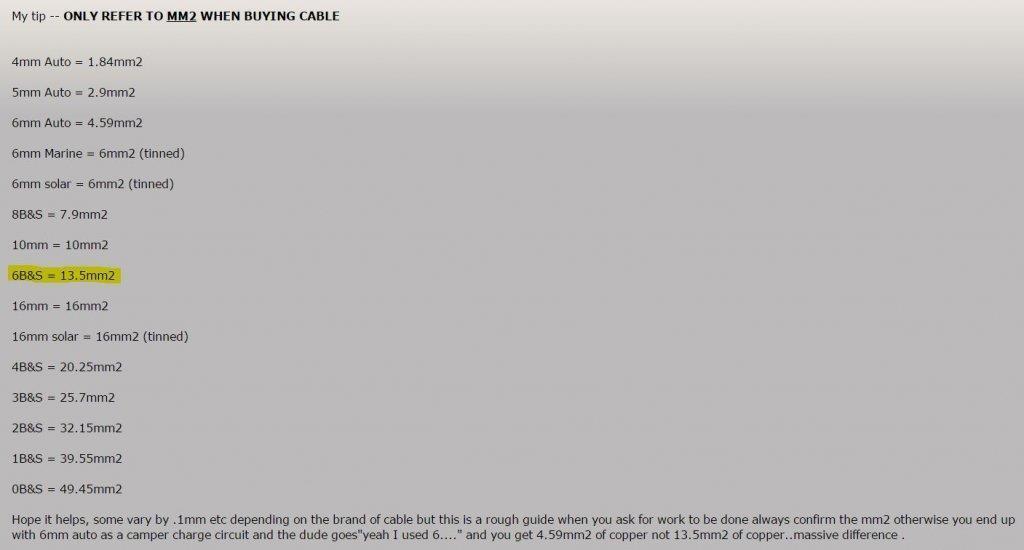- Joined
- Apr 3, 2016
- Messages
- 18
- Reaction score
- 1
Thanks Condor & Jon,
Thought as much! maybe we should get a boat? I guess $100 will buy just under 1/3 of one new battery .
.
We bought the batteries in Dec 2013, started dropping power about Jan this year.
We are going to buy a new charger, should we go for a 35V or 50V. I was told buy the Battery guy (Bob), that the 50V is a little overkill? And eventually 3 new batteries. Should we still run 3 x 130ah, I think you worked out it was enough for the panels?
Will probably chuck the third battery, maybe run the other two till they die completely,can't hurt them any further and they are still running most of our needs during the day while the sun shines.(just not my microwave 8.( , I will live without it I guess.)
Bob explained how we should have had the batteries hooked up for charging, (if he's right?) batteries in parallel, positive attached to first battery, negative to last battery then both to battery charger & MPPT/solar panels? Bill didn't have them hooked up that way he had them in parallel but with positive and negative on the first battery. Bob seems to think that's is why they tested progressively worse, as in the first battery would have been getting most of the charge and the 3rd one getting the least? Does this theory ring true with you?
Will look at a better monitoring system to tell us the ins and outs. I guess the cycling too deep would probably be the inverter at fault? Even if it is only ran a short time a couple of times a day , the batteries would not be getting a chance to recharge enough to recover? Is this correct? I think I'm grasping it all.
When Bill is back next week I will have get him to read the posts, so he can take on-board all the information and suggestions kindly offered.
Looks like we will be starting from scratch to set up our system? Have learnt a very expensive lesson, I thought we had researched this solar thing pretty well before we started :8 , but have realised obviously not enough.
Thought as much! maybe we should get a boat? I guess $100 will buy just under 1/3 of one new battery
We bought the batteries in Dec 2013, started dropping power about Jan this year.
We are going to buy a new charger, should we go for a 35V or 50V. I was told buy the Battery guy (Bob), that the 50V is a little overkill? And eventually 3 new batteries. Should we still run 3 x 130ah, I think you worked out it was enough for the panels?
Will probably chuck the third battery, maybe run the other two till they die completely,can't hurt them any further and they are still running most of our needs during the day while the sun shines.(just not my microwave 8.( , I will live without it I guess.)
Bob explained how we should have had the batteries hooked up for charging, (if he's right?) batteries in parallel, positive attached to first battery, negative to last battery then both to battery charger & MPPT/solar panels? Bill didn't have them hooked up that way he had them in parallel but with positive and negative on the first battery. Bob seems to think that's is why they tested progressively worse, as in the first battery would have been getting most of the charge and the 3rd one getting the least? Does this theory ring true with you?
Will look at a better monitoring system to tell us the ins and outs. I guess the cycling too deep would probably be the inverter at fault? Even if it is only ran a short time a couple of times a day , the batteries would not be getting a chance to recharge enough to recover? Is this correct? I think I'm grasping it all.
When Bill is back next week I will have get him to read the posts, so he can take on-board all the information and suggestions kindly offered.
Looks like we will be starting from scratch to set up our system? Have learnt a very expensive lesson, I thought we had researched this solar thing pretty well before we started :8 , but have realised obviously not enough.







